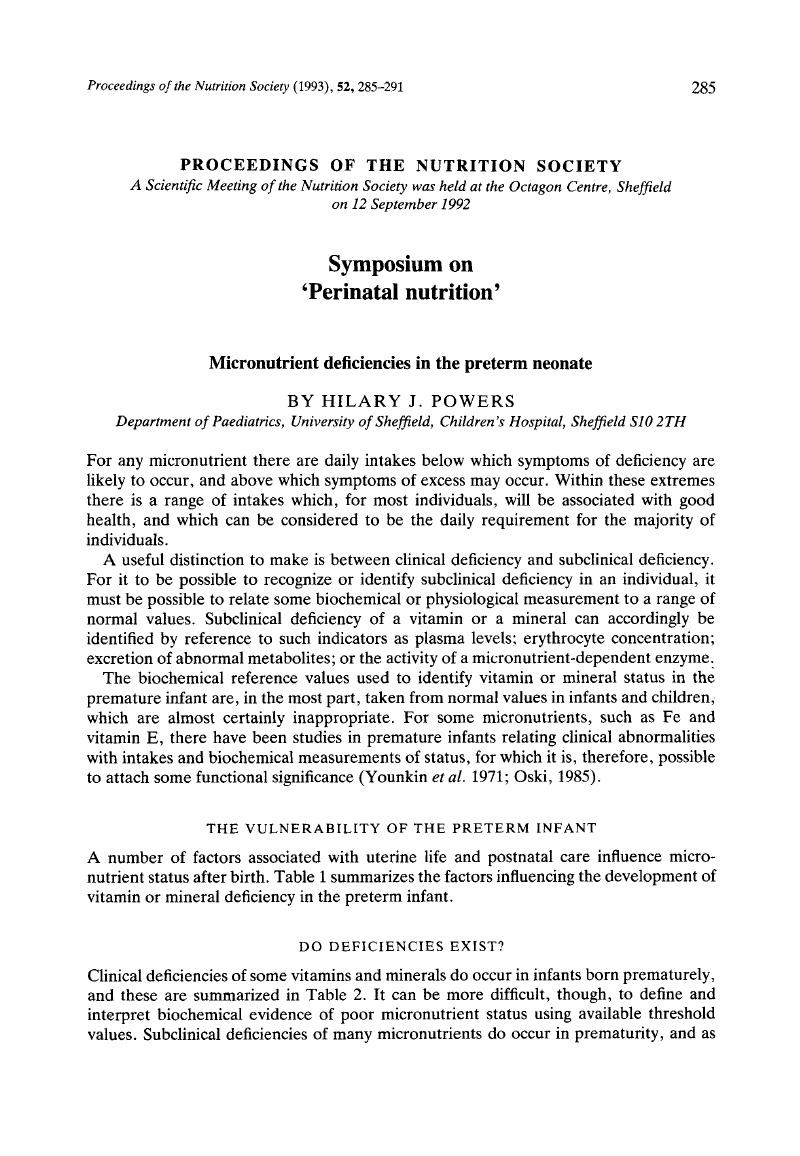Crossref Citations
This article has been cited by the following publications. This list is generated based on data provided by Crossref.
Powers, Hilary J.
Loban, Amanda
Silvers, Karen
and
Gibson, Alan T.
1995.
Vitamin C at Concentrations Observed in Premature Babies Inhibits the Ferroxidase Activity of Caeruloplasmin.
Free Radical Research,
Vol. 22,
Issue. 1,
p.
57.
Calder, Philip C.
and
Jackson, Alan A.
2000.
Undernutrition, infection and immune function.
Nutrition Research Reviews,
Vol. 13,
Issue. 1,
p.
3.
Baydas, Giyasettin
Karatas, Fikret
Gursu, M.Ferit
Bozkurt, H.Ayse
Ilhan, Nevin
Yasar, Abdullah
and
Canatan, Halit
2002.
Antioxidant Vitamin Levels in Term and Preterm Infants and Their Relation to Maternal Vitamin Status.
Archives of Medical Research,
Vol. 33,
Issue. 3,
p.
276.
Jackson, Alan A.
and
Calder, Philip C.
2004.
Handbook of Nutrition and Immunity.
p.
71.



